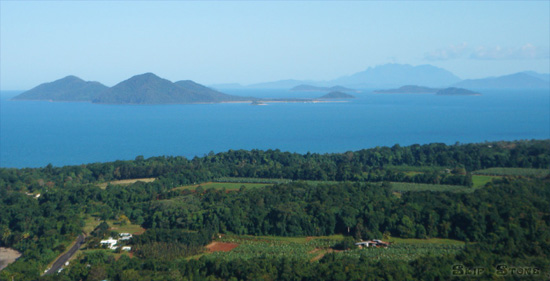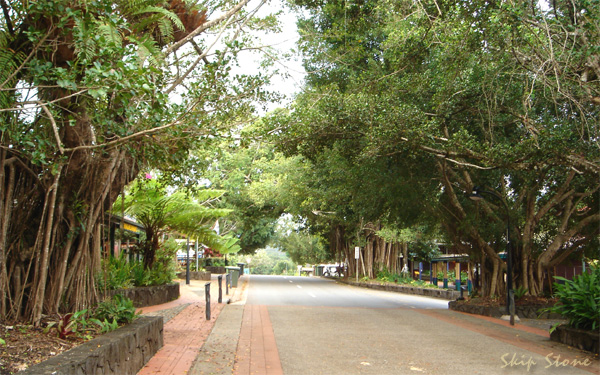An ancient land filled with waterfalls, remote tropical islets, forested big islands, rare tropical plants and birds, Fiji is an exotically wonderful vacation destination. Originally a land of cannibals, Fiji is now known as a former British colony and ex-pat hangout, with an atmosphere of slow colonial decay pervading the islands and its infrastructure. Tempered by the exhilarating rush of tourist dollars, this malaise gives way to hustle and bustle in Suva and Nadi, the big towns of Fiji. Otherwise, you are on remote tropical islands in the midst of the South Pacific. But how did we get here?
Fijian Warriors
According to Dr Roger Green, Professor of Anthropology at Auckland University, in New Zealand, the first settlers arrived some 2,000 years before Christ was born. Comprised of two distinct peoples, one Melanesian, the other Polynesian, these early settlers spent millennia battling each other for control of the islands.





